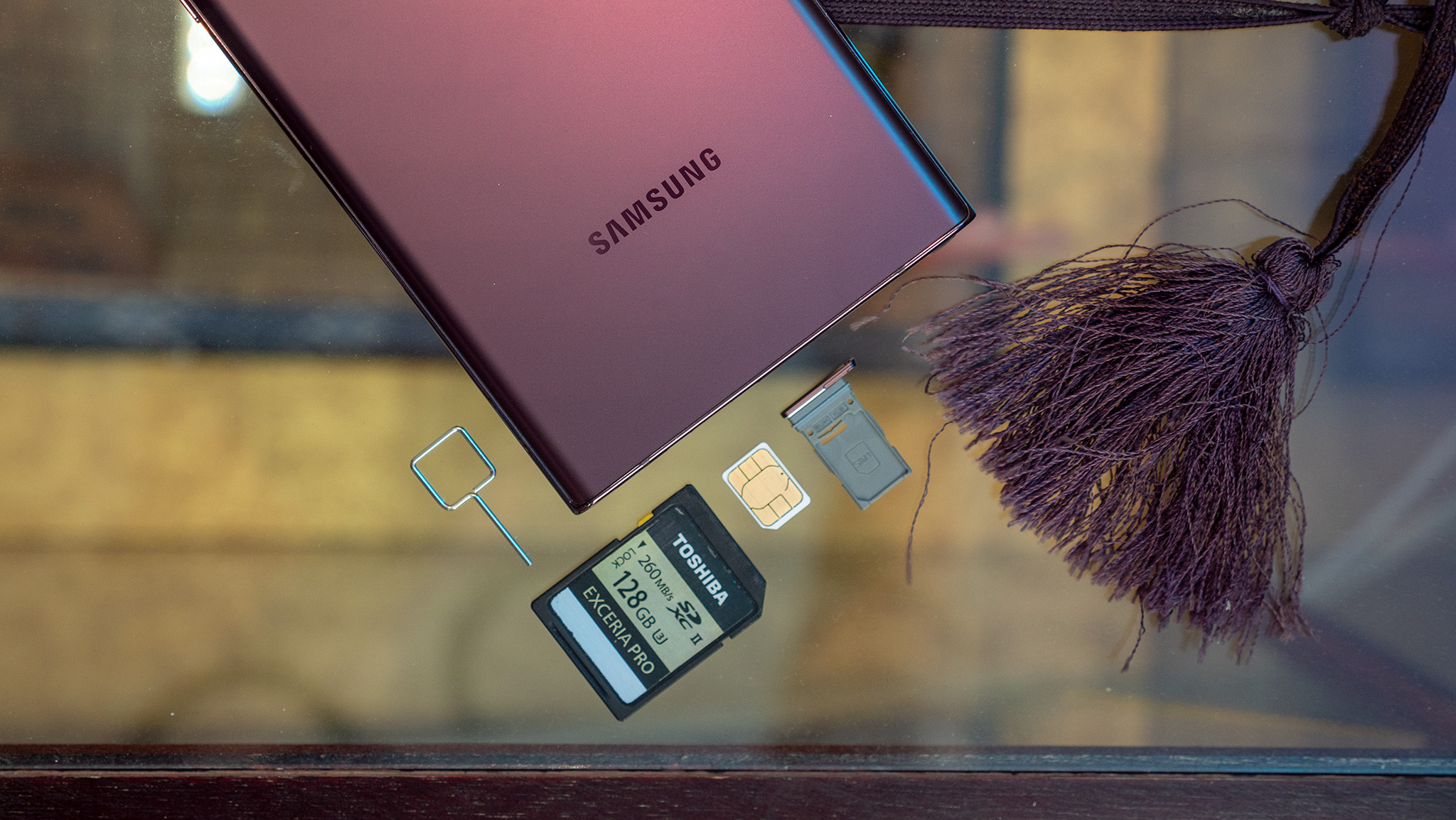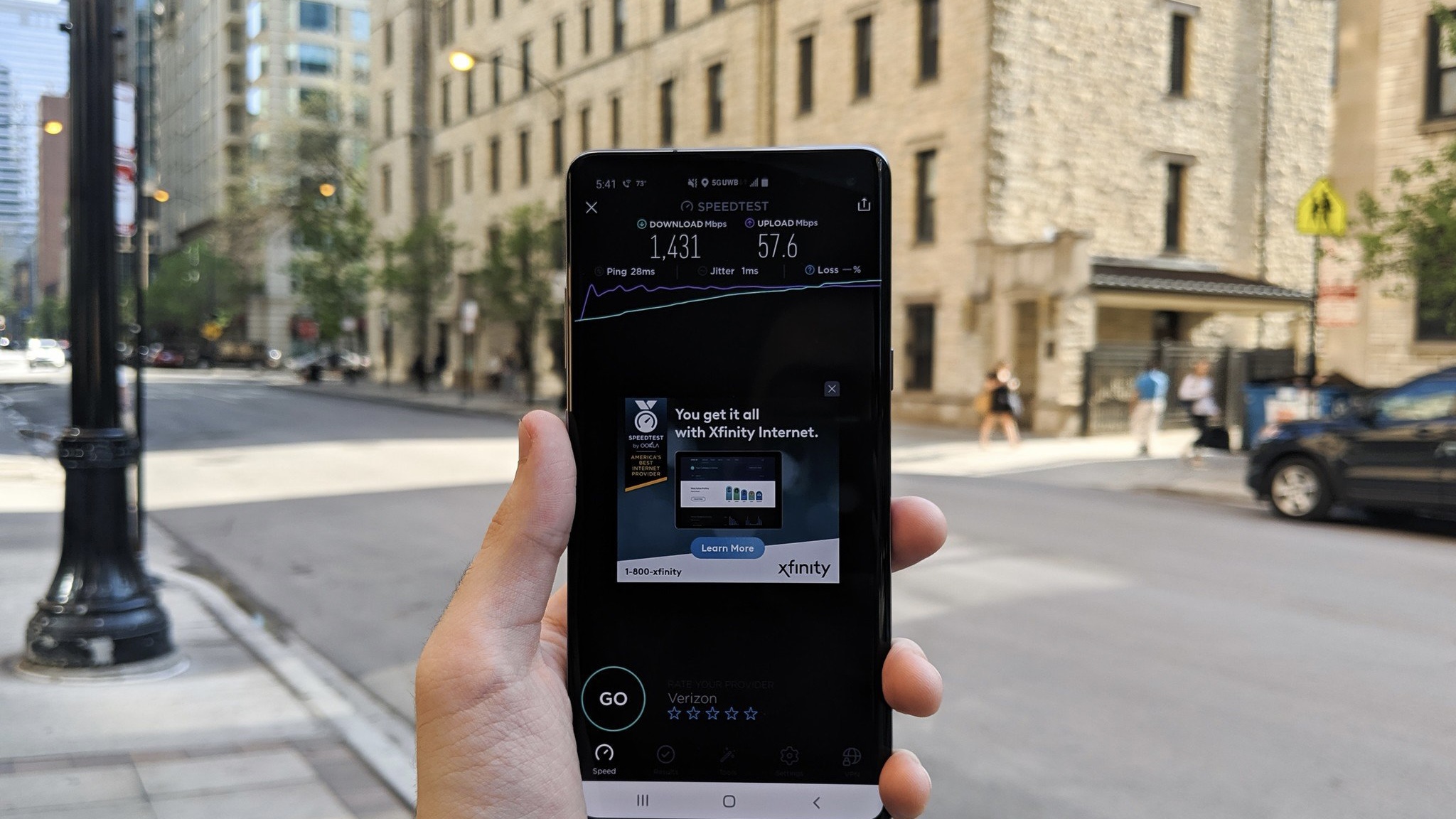Text message exploits are scarier than ever, but you can protect yourself with these tips
Google shares a growing SMS security issue and advises users on how to take preventative action.

What you need to know
- SMS is still used as a fallback for modern messaging services, like iMessage and RCS, although it is insecure.
- Bad actors can trick your phone into connecting to a False Base Stations (FBS) or Stingrays, which are portable radio devices.
- Then, these scammers and fraudsters use the frailty of aging and insecure 2G networks to try and deceive users and capture information.
New messaging standards are the talk of the town, from RCS to iMessage. However, you may know that critical infrastructure still relies on SMS messaging, which is decades old and has many security issues. In fact, SMS and MMS text messages are often used as a fallback when better options, like iMessage or RCS, are unavailable. It’s this reliance on aging and insecure messaging infrastructure that allows bad actors to use it to their advantage, committing text message fraud.
It’s tough to keep up with all the evolving scams and tricks, and Google published a security blog post explaining the latest Android text message scam, which exploits 2G networks. It’s called SMS Blaster Fraud, and it tricks your device into what it thinks is a secure cell tower. Instead, you’re actually connecting to a stranger’s device, which will then be used for a smishing attack (SMS phishing). You could think you’re giving information to a trusted source, but actually end up handing it right over to the bad guys.
Your cell phone is constantly searching for cell towers to ensure it has a constant and fast network connection. However, it could end up connecting to what is known as a cell-site simulator, False Base Station (FBS) or Stingray. Essentially, these are small radio transmitters that mimic a real cell site. Your phone may connect to them unknowingly, perceiving a cell-site simulator as a true and authentic cell tower. According to Google, cellular carriers have reported more frequent instances of SMS Blaster Fraud in recent years.
The scam is simple. A false base station is small enough to fit into a backpack, so it’s portable. An attacker could go to a high-density area, where there are sure to be many cell phones around. Then, it creates a false 5G or LTE network that is actually a trap for cell phones. When a device connects to the false base station, the connection is really downgraded to a 2G connection, which is woefully insecure. The whole point of this attack is merely to get your phone to ditch its secure 4G LTE or 5G connection for a weak 2G one.

2G connections lack mutual authentication and encryption, so someone in the middle of your phone and a fake cell site simulator can “blast” SMS phishing attempts with ease. Additionally, the scammer can alter every field of a message sent using a cell site simulator, making it look authentic. This means that unknowing users — and even those with excellent digital literacy — can fall victim to SMS Blaster Fraud.
In case that wasn’t enough, there’s another aspect of SMS Blaster Fraud that makes it particularly dangerous. Because your phone is connecting directly to a fake cell tower, there are no protections in place to stop SMS phishing attempts from reaching your device. Typically, carriers have protections and filters in place to root out spam and scams. However, by using SMS Blaster Fraud, fraudsters can take things out of carriers’ hands.
To make matters worse, the technology needed to exploit these security vulnerabilities is cheap, easily accessible, and requires little to no expertise. As such, they are appealing to scammers, and they will likely become more prevalent over time.
Be an expert in 5 minutes
Get the latest news from Android Central, your trusted companion in the world of Android
What you can do to protect yourself

Being that SMS Blaster Fraud is quite dangerous and could become more common, Google is sharing a few tips to help protect yourself. There have been protections against the attack vector included in Android since Android 12, the company says. You can turn off 2G at the modem level to block this kind of attack. Moreover, Android 14 added an option to disable null ciphers as a key protection method since SMS blasting requires them to deliver payloads.
However, a deterrent to disabling 2G altogether is that it could impact your ability to contact emergency services, which still depend on the technology. With that being said, Google notes that emergency calls will always work with 2G, even if the option is disabled. The company also points to its built-in Android spam protection features, which can help you figure out if an SMS is fraudulent before you fall victim to the trap.
So, is it worth disabling 2G to prevent SMS Blaster Fraud? It might be, but a better option may be to become more aware that SMS messages have a high chance of being scams. If you are being asked to share personal information, one-time passwords, or other types of highly sensitive information, it’s probably not authentic. Keeping a keen eye for fraud and scams and being more vigilant could be more helpful in the long run than disabling 2G and forgetting about it.

Brady is a tech journalist for Android Central, with a focus on news, phones, tablets, audio, wearables, and software. He has spent the last three years reporting and commenting on all things related to consumer technology for various publications. Brady graduated from St. John's University with a bachelor's degree in journalism. His work has been published in XDA, Android Police, Tech Advisor, iMore, Screen Rant, and Android Headlines. When he isn't experimenting with the latest tech, you can find Brady running or watching Big East basketball.
You must confirm your public display name before commenting
Please logout and then login again, you will then be prompted to enter your display name.
